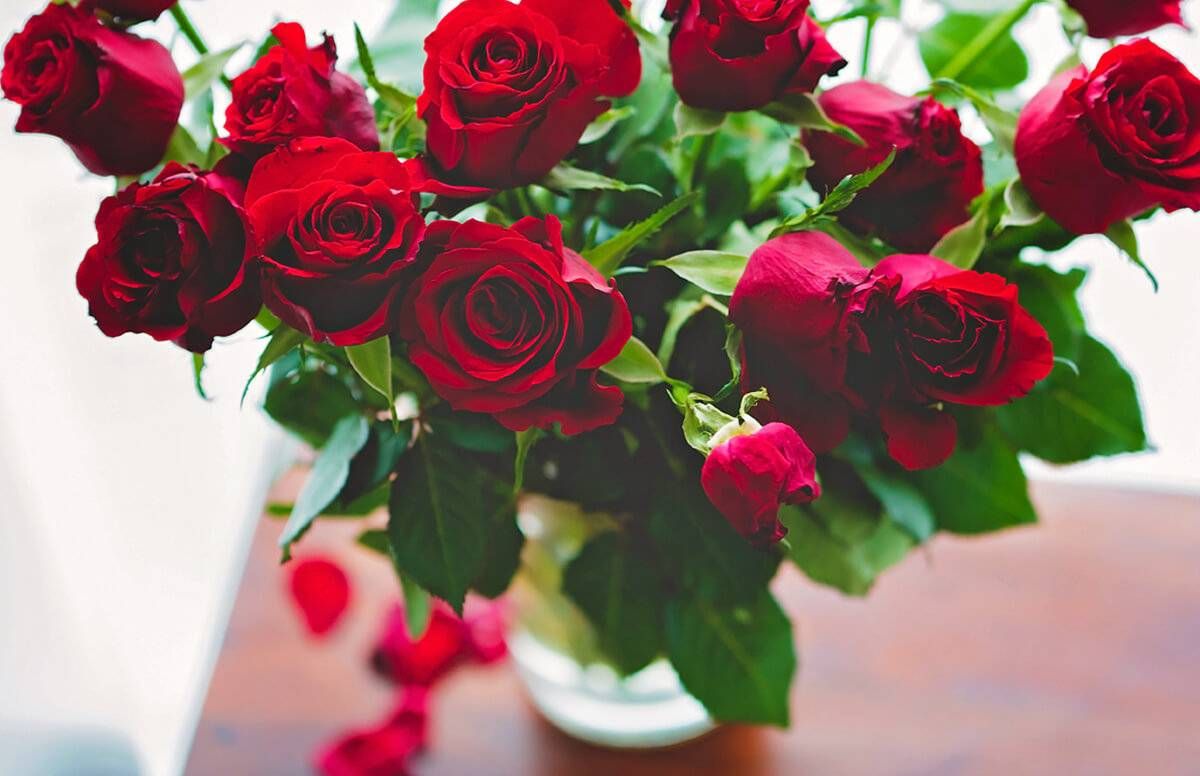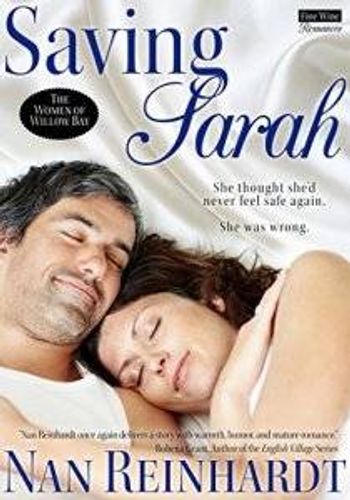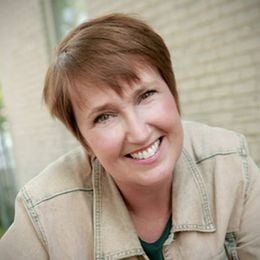How Romance Novels Are Luring Older Readers
Romance novels for boomers are lovingly appearing on bookstore shelves
A community college administrator and psychology professor, Carolyn McCutcheon, 66, still regularly indulges in a passion that began when she was a teenager. She’s a devoted reader of romance novels.

“I’ve always loved a good love story and a happily-ever-after ending,” said McCutcheon, who lives in Indianapolis.

Back when McCutcheon took her babysitting money to the bookshop at the mall, she bought books with tales exploring the exquisite drama of first love, complete with a dewy-eyed heroine and the lusty hero with his requisite chiseled profile.
“You know, the dream of finding that perfect man, that romance that sweeps you off your feet,” she recalled.
Now a long-married grandmother, McCutcheon has remained a romance reader, but today she seeks out books with older leads.
“My taste changed. I want characters who have depth and struggles; ones who aren't perfect but are likable. It’s the journey that I like,” she explained. “I read the occasional first love story, but if a heroine is 19, it doesn’t connect with me. I want someone with more miles on them.”
Popularity of the 'Seasoned Romance' Novel
The billion-dollar romance novel industry — and it is an industry since one-third of all mass market fiction books sold are romance novels — is beginning to take notice of the tastes of its older readers, and there are a lot of them. According to a 2017 survey commissioned by the Romance Writers of America, one-third of all romance readers are over 45.
These readers have time, money and loyalty to the form and its many sub-genres. Today’s girl-meets-boy (and occasional girl-meets-girl) stories range from chaste to hot and heavy and allow readers to choose their novels by the niche — historical, contemporary, paranormal, suspense, inspirational, erotic and more.
The subcategory with characters in their 40s, 50s and even 60s, often called “seasoned romance,” is still relatively small but has spawned an active community of enthusiasts.
More than a thousand readers and writers of the books share recommendations on the Seasoned Romance Facebook page and a curated Goodreads list refers them to 315 novels featuring middle-aged love stories.
Looking for a Second Chance at Love
“There is huge growth potential for more age diversity in romance. We’re starting to see much more focus on representation of all kinds. I think authors are paying attention and exploring older characters more and more,” said Leah Koch, who co-owns with her sister Bea The Ripped Bodice, the nation’s only bookstore devoted exclusively to romance, in Culver City, Calif.
Koch calls the books she stocks that feature older heroines “second chance romances,” appealing to readers who savor stories about couples taking another stab at love. The oldest heroine in a book on the shelves of her shop is 71; the romance Late Fall is set in an assisted living facility.
“I believe women grow more interesting as they get older, and they’re never too old to have a little sexy romance,” said Nan Reinhardt, 64, a USA Today bestselling author now at work on her sixth seasoned romance novel.
The lead characters in her Women of Willow Bay series range from 40 to 52 and are, in her words “ripe for a second chance at love.” In Sex and the Widow Miles, her heroine, described as “spirited and beautiful,” is mourning the abrupt death of her husband of 30 years when a handsome younger man moves in next door.
Reinhardt connects with readers and boosts other writers of seasoned romance on her website, which features interviews with other authors in the sub-genre.
Romance Novels: Beyond Young Heroines
Reinhardt has found a loyal audience, but she met early resistance with her mature characters. While multiple editors expressed interest in her first novel, Once More from the Top, they asked her agent if Reinhardt would knock 20 years off the 40-something lead characters.
She would not.
“My audience tells me 'This is what I want to read, about real people my own age,'” she said. “I write about characters who meet on a level playing field, who have self-knowledge and life experience. And at this age, the love scenes have a little humor.”
Reinhardt wrote her first romance when she was only 10, scribbling out a story that filled three spiral notebooks and imagined her glamorous older sister finding love with a musician from the band Herman’s Hermits. As a younger reader, she pored over books with 20-year-old heroines who had 20-inch waists.
“I can’t do it anymore. I can’t read ‘em and I can’t write ‘em,” she said, of romance novels featuring younger heroines.
Seeking Emotionally Satisfying Stories
Today’s romance readers seek out their novels at libraries, bookstores and from online vendors. They can choose stories by a cadre of self-published romance writers as well as those who work with traditional publishers, and can enjoy a book on an e-reader or through an audio version, as well as by turning the pages.
“Category romances follow a formula and it’s consistent across the sub-genres. The hero and heroine meet, face some kind of conflict or barrier that is resolved by the end of the book and then they’re happy together,” said Maggie Jensen, a retired sociology professor at Hamline University in St. Paul, Minn., who researched romance novels and their readers for her dissertation.
“There’s resolution and triumph for the heroine,” she added. “It’s a very emotionally satisfying story arc that readers like.”
But Jensen suspects stories featuring heroines over 30 may be “a tough sell” for some readers.
“The problems between the couple will be more realistic and substantive, but they have baggage and baggage isn’t romantic,” she said.
Still, publishers, agents and the romance novel industry are taking note of the desire of their boomer readers.
The Romance Writers of America plans a workshop for authors at its upcoming summer conference that will sharpen the skills of novelists writing about unconventional characters, including older heroes and heroines.
At The Ripped Bodice, Leah Koch anticipates shelving more books with mature heroines, reflecting the readers who seek them out and the writers who dream up the stories.
“Many romance authors are getting older and as they become more established in their careers, they have more freedom to write stories featuring a wider range of heroines,” she said.


